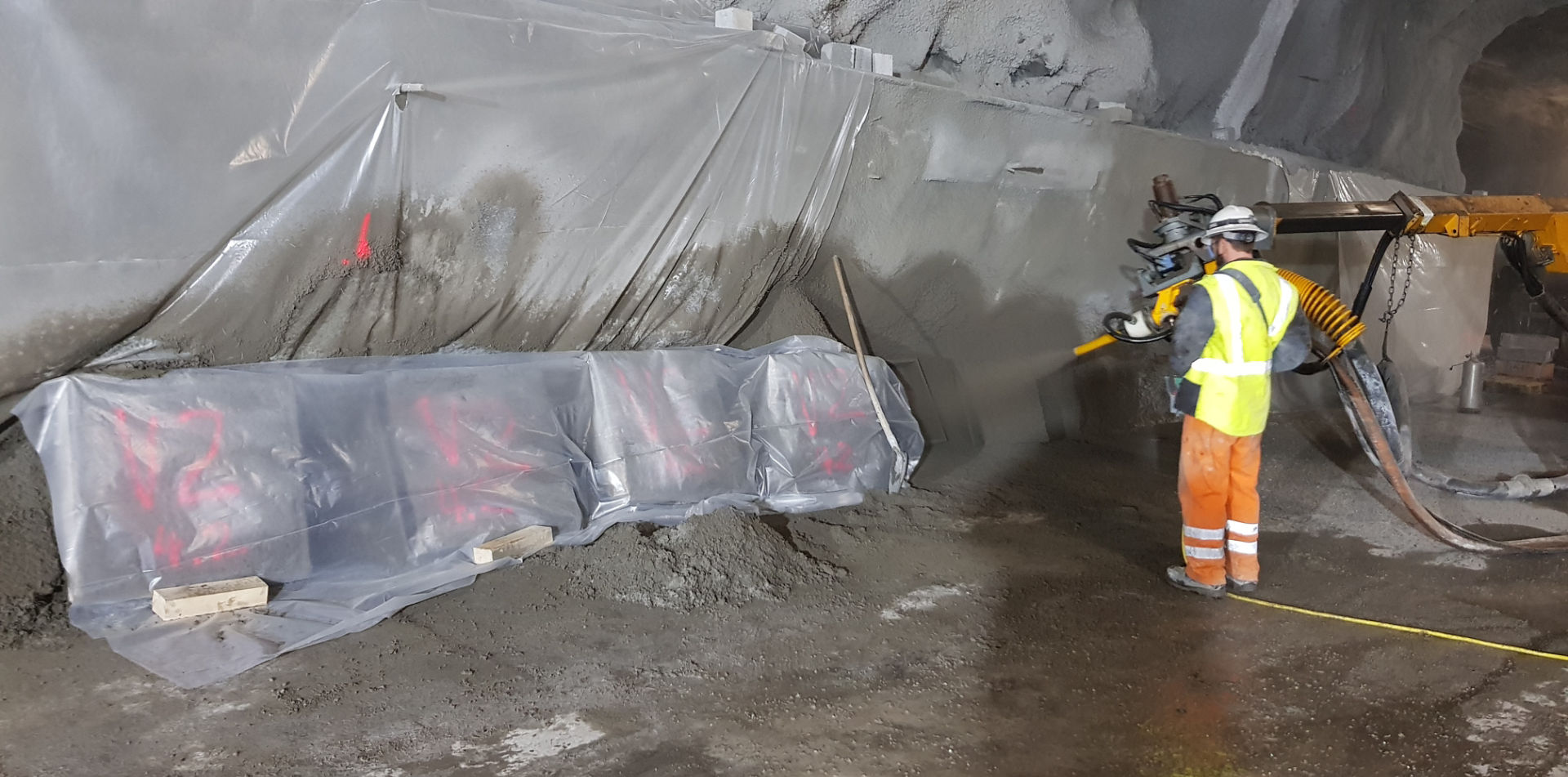
Download
Please provide the following details :
This field is required
This field is required
Please enter valid email (e.g. johnsmith@domain.com)

Please provide the following details :
This field is required
This field is required
Please enter valid email (e.g. johnsmith@domain.com)
Concrete has long been the backbone of modern infrastructure, but its limitations—brittleness, high carbon footprint, and labor-intensive reinforcement—have driven innovation. Enter Steel Fiber Reinforced Concrete (SFRC), a revolutionary material that’s transforming tunnel construction by combining strength, sustainability, and efficiency.
With urban spaces expanding underground to accommodate transit networks, utilities, and more, sustainable construction methods are critical. Traditional tunnel linings rely on steel rebar and thick concrete layers, contributing to 70% of a tunnel’s embodied carbon. However, Permanent Sprayed Concrete Lining (PSCL) reinforced with high-performance steel fibers like Dramix® is changing the game.
Unlike conventional rebar, steel fibers are mixed directly into concrete, creating a 3D reinforcement network that:
©West Connex M4-M5 Link Tunnels
Not all fibers are equal. Dramix® 4D end-hooked fibers, for example, deliver:
From Montreal’s REM Metro (featuring North America’s deepest station) to London’s Crossrail, PSCL is proving its worth:
©Edouard Montpetit (EMP) station. Photo credit: AECOM
The future of tunneling lies in low-carbon, high-performance materials. Innovations like recycled steel fibers, advanced binders, and thinner linings will push sustainability further. As cities dig deeper, SFRC ensures they do so stronger, smarter, and greener.
Ready to build the future? Explore with us how SFRC can elevate your next project.